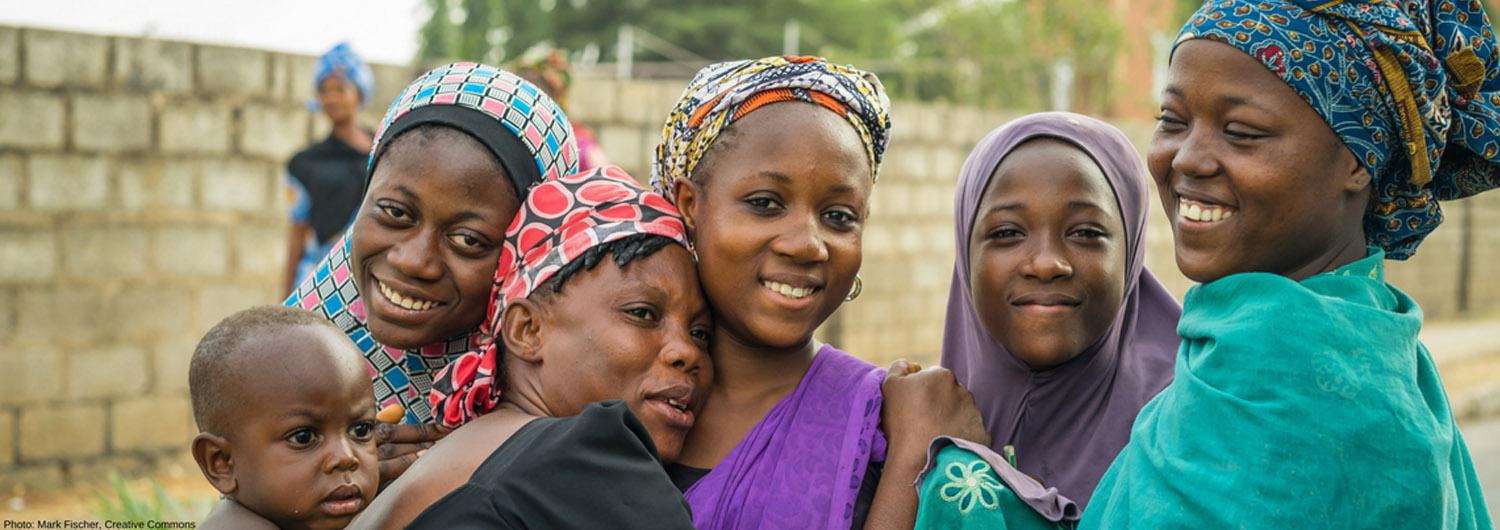News
Nigeria: Now and in 2030
12/08/16

What will rapid & continued population growth mean for nutrition levels in decades to come?
Author: IARAN
Nigeria is Africa’s wealthiest, most populous nation, and its fastest-growing economy. It is the 8th most populous country in the world, and accounts of 5% of global births every year. By 2030 the population (currently at 182 million) is expected to grow by 80m, and a further 135m by 2050 – at which point its population will be larger than that of the US.
Why is Nigeria’s population growing so quickly?
Due to improvements in health provision –especially in cities— this generation of Nigerians are living longer and fewer are dying from preventable illnesses. Although fertility rates are steadily declining, the average Nigerian woman still has 5.6 children. Because birth rates were higher in past decades, 70% of the population is now under the age of 30 and almost half are under 15. Even with a predicted evening out of the ‘youth bulge’, in 2050 one in ten children worldwide will be born in Nigeria.
The ‘so what’ for hunger
Currently, children in Nigeria are some of the most undernourished in the world— 18% of children under five are underweight, 9% suffer from life threatening levels of hunger. The consequences of undernutrition, particularly in the first 1000 days of life are severe and can impede brain development, physical growth, and immunity in later life.
Compounded by the current emergency in the Northeast of Nigeria – where the lives of 49,000 children are in immediate danger – national nutrition remains a persistent challenge for Nigeria which needs long term solutions.
What next?
A report we published earlier this year proposes two avenues that Nigeria can go down to avoid an undernutrition crisis.
Private Sector
The potential of the private sector in Nigeria is unparalleled in the Sub-Saharan region. Although the public sector is currently the largest employer in the country, likely government cuts due to falling oil prices (one of Nigeria’s main exports) will mean that the private sector will have to lead on job creation in Nigeria. If the youth bulge persists 34 years from now, it will be a priority to provide young people with jobs and incomes which allow them to feed themselves and their young families adequately.
In addition, say if the public sector were to join up with private companies to advocate for women to space their births out more, this could lead to a reduction in fertility rates and population growth. From a nutritional point of view, women who have births closer together are likely to spend less time breastfeeding each child, and by consequence, giving infants the much-needed nutrients in those critical first 1000 days.
Female education
Currently there’s a significant gender gap in literacy rates, the makeup of the workforce, and economic status – all of which are known to affect fertility rates. If women had better access to education and employment, they would likely have fewer kids, household sizes would be smaller, and more resources would be spent on more nutritious food, which in turn would affect the health and potential of every child in Nigeria.
Nigeria is in a unique position in Africa with a booming economy, a huge work force, and solid growth projections. Over the next 3 decades will the country be able to sustain economic growth while tackling child hunger? Yes, especially if the private sector can work effectively with civil society to make gender equality a reality.